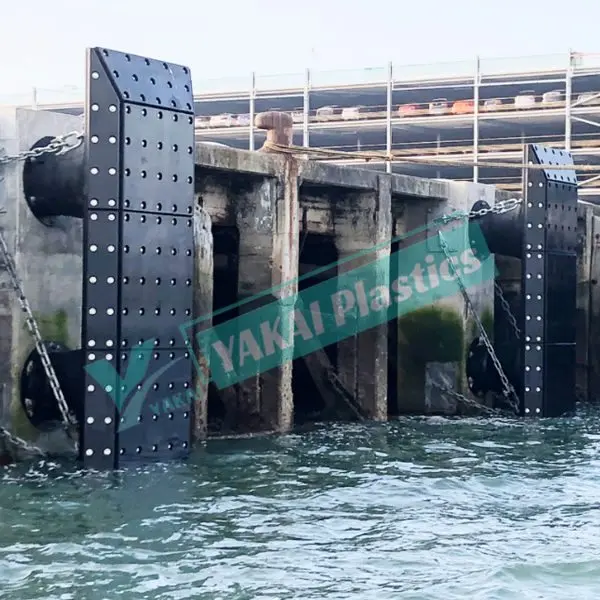When it comes to maintaining the integrity and longevity of your maritime infrastructure, dock fenders play a crucial role. Designed to absorb the kinetic energy of a boat or ship as it docks, dock fenders prevent damage to both the vessel and the docking structure. This comprehensive guide explores the various types of dock fenders, their benefits, and how to choose the right ones for your specific needs.
What Are Dock Fenders?
Dock fenders are protective buffers used to shield dock structures and boats from damage during the mooring process. Made from resilient materials like rubber, foam, or plastic, these devices are essential for reducing impact and abrasion caused by vessels as they come into contact with the dock. They are used in various maritime environments, including shipping ports, marinas, and private docks.
Benefits of Installing Dock Fenders
- Protection: Dock fenders provide critical protection, preventing costly repairs to both docks and vessels.
- Safety: By absorbing shock and reducing impact, dock fenders enhance safety for vessels docking, particularly in rough weather conditions.
- Durability: Most dock fenders are designed to withstand harsh marine environments, offering long-lasting protection against wear and tear.
- Versatility: Available in various sizes and materials, dock fenders can be customized to fit specific applications, whether for small boats or large cargo ships.
Types of Dock Fenders and Their Applications
- Pneumatic Fenders: Often used for large ships, these air-filled fenders offer excellent energy absorption and low reaction force.
- Foam Filled Fenders: Known for their robust outer skin and resilient foam core, these fenders are popular in both commercial and military applications.
- Rubber Fenders: Such as cone and arch fenders, are commonly used in commercial ports due to their high energy absorption and durability.
- Composite Fenders: These combine materials like plastic and rubber for enhanced performance and are typically used in environments with specific requirements, like extreme temperatures.
Choosing the Right Dock Fenders
Selecting the appropriate dock fender depends on several factors:
- Size and Type of Vessel: Larger vessels typically require more robust fenders, such as pneumatic or large foam fenders.
- Dock Configuration: The layout and type of the dock will influence the choice of fenders. For instance, narrow docks might benefit from cylindrical fenders that offer protection without taking up too much space.
- Environmental Conditions: Consider factors such as tidal variations, wind, and current, which might affect the docking process and influence the type of fender needed.
- Budget: The cost can vary widely based on the type and quality of material, so it’s important to find a solution that balances cost with functionality.
Conclusion
Dock fenders are an indispensable component of maritime safety and dock maintenance. By understanding the different types of fenders and their specific applications, you can make an informed decision that ensures maximum protection for your infrastructure and vessels. Investing in quality dock fenders not only enhances operational efficiency but also significantly reduces the risk of damage, ultimately saving you money and downtime in the long run.
 YaKai Plastics
YaKai Plastics





HelloPlease log in